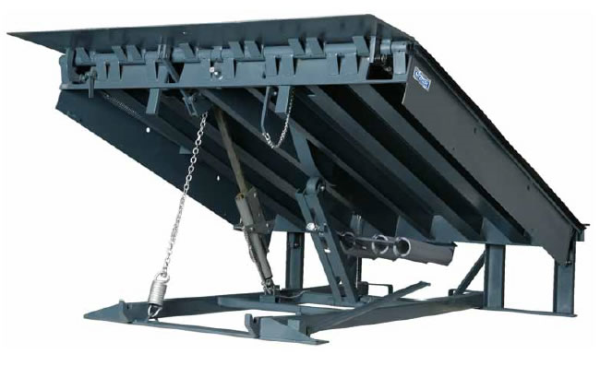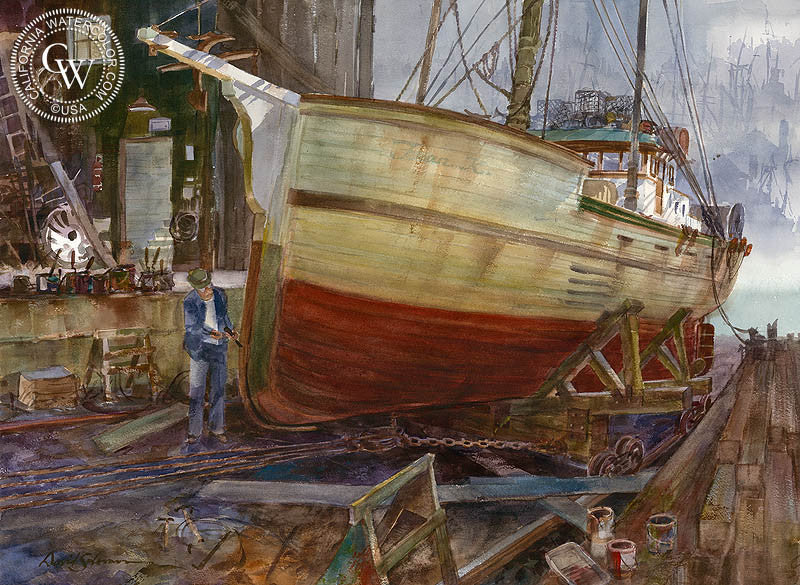Top Signs You Required Expert Dock Repairs This Period
Top Signs You Required Expert Dock Repairs This Period
Blog Article
Exactly How to Address Common Dock Fixing Issues for Safe Water Tasks

Identifying Common Dock Issues
Identifying common dock problems is critical for keeping the capability and safety and security of your waterside building. Routine examinations can help uncover issues prior to they come to be severe, ensuring both the durability of the dock and the security of those who use it.
Another usual issue is the deterioration of flotation devices. These devices are necessary for keeping the dock resilient, and any type of damage or punctures can create the dock to listing or sink. Consistently checking for leaks or water logged drifts can preempt much more substantial concerns.
Furthermore, algae and barnacle build-up on the dock's surface can produce slippery and dangerous problems. This biofouling not just postures a threat to users however can additionally accelerate the degeneration of the dock materials.
Last but not least, examining for indicators of rust on steel components is essential. Rust can endanger the honesty of the dock's framework, making it unsafe. By regularly identifying these common dock concerns, you can ensure that your dock remains useful and safe and secure for years to find.
Fixing Rotting Wood
When attending to the concern of deteriorating wood on your dock, it is necessary to act quickly to avoid more degeneration. Begin by thoroughly evaluating the entire structure to determine all affected locations. Make use of a screwdriver to penetrate the wood; if it sinks in quickly, the timber is most likely rotted and needs instant attention.
Be certain to cut back to healthy, strong wood, guaranteeing you remove all jeopardized material. After removal, deal with the remaining timber with a timber chemical to prevent future rot.
Following, replace the removed areas with marine-grade lumber or pressure-treated timber, which are a lot more immune to water damage. Protect the new pieces with galvanized or stainless-steel bolts to stop rust. Additionally, using a water resistant sealer to the brand-new wood can offer an additional layer of security.
Safeguarding Loosened Boards
Exactly how do you guarantee your dock continues to be functional and safe for all its users? One critical facet is securing loosened boards, which can or else posture considerable risks. Loosened boards not only increase the risk of tripping however can also endanger the structural integrity of the whole dock.

For reinstallation, utilize stainless or galvanized steel screws, as these products offer premium resistance to deterioration in marine environments. Make sure the screws are long enough to pass through deep right into the underlying assistance structure, but not as long that they protrude via the dock's surface. Pre-drilling pilot holes can aid prevent the wood from splitting.
Finally, keep a regular assessment schedule to identify and deal with any type of brand-new problems without delay. By safeguarding loose boards efficiently, you add to the total security and long life of your dock, making it a reputable system for water activities.
Stabilizing Unsteady Pilings
Making sure the stability of unstable pilings is vital to preserving a secure and useful dock. Unsteady pilings can jeopardize the whole framework, posing considerable risks to users and possibly causing expensive fixings. The primary step in maintaining these vital components is an extensive inspection. Analyze the pilings for indicators of rot, damages, or moving. Use a level to check for vertical placement and guarantee they are driven deep enough right into the substrate to offer appropriate support.
If the pilings are discovered to be unstable, one linked here reliable method for reinforcement is the usage of extra bracing. Cross-bracing with treated lumber or galvanized metal can dramatically boost security. Anchor the braces firmly to both the pilings and the dock structure to distribute lots evenly.

Normal maintenance and routine reassessment of the pilings' stability are essential to making sure lasting dock safety and security and functionality.
Replacing Rusty Equipment
Attending to unsteady pilings is simply one aspect of keeping a dock's honesty; one more vital problem is replacing corroded equipment. In time, exposure to wetness and salt can result in the oxidation and rust of screws, braces, and screws, jeopardizing the whole structure's security. Regular inspection for rust is vital, particularly after severe weather or seasonal changes.
When rusty equipment is determined, prompt action is required. Begin by picking marine-grade stainless-steel or galvanized equipment, both created to stand up to the severe marine setting. Ensure that you have the proper devices, such as screwdrivers and wrenches, to securely remove the old, corroded pieces without triggering additional damages to anchor the dock.
After getting rid of the rusty hardware, thoroughly clean the impacted areas to get rid have a peek here of any type of residual corrosion or debris. Use a rust-inhibiting primer to revealed steel surface areas before installing the brand-new equipment. Tighten all components securely to avoid future helping to loosen, and occasionally check the installations to ensure continuous stability.
Changing rusty equipment not just prolongs the dock's lifespan but additionally dramatically boosts the security of water activities. By proactively taking care of corrosion, you secure both the structure and its users, making certain a satisfying and secure waterfront experience.
Conclusion
Normal evaluations and upkeep are necessary to address typical dock repair service concerns and ensure secure water tasks. By identifying and fixing problems such as rotting wood, loosened boards, unsteady pilings, and corroded hardware, structural security and long life can be considerably improved. The application of marine-grade products and appropriate treatments even more strengthens the dock versus ecological stress factors. Such aggressive measures contribute to the total security and functionality of dock structures, cultivating a safe atmosphere for water-based activities.
Making sure the safety of water tasks pivots significantly on the correct upkeep and repair of anchors (Dock Repairs). These gadgets are vital for keeping the dock buoyant, and any kind of damages or leaks can create the dock to list or sink. By routinely identifying these common dock issues, you can ensure that your dock remains functional and safe for years to come
Making sure the security of unstable pilings is vital to preserving a practical and safe dock.Regular inspections and maintenance are crucial to resolve common dock repair work issues and make certain risk-free water activities.
Report this page